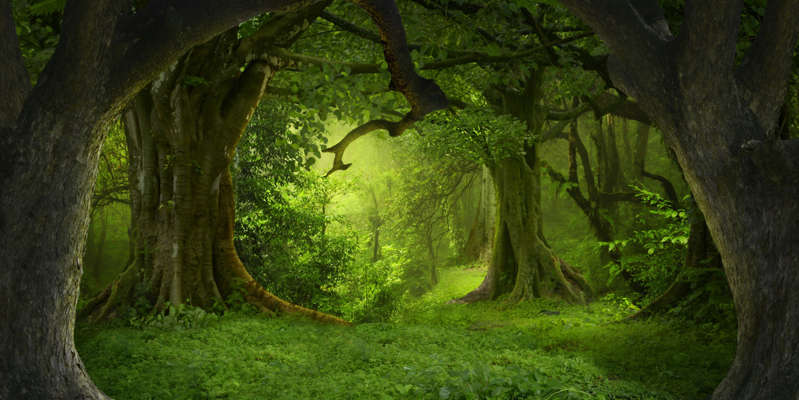
Environmentalists have recreated the appearance of one of the first forests on Earth
Scientists from the University of Binghamton (USA) examined the remains of one of the world's oldest forests. These are fossilized root systems estimated to be 385 million years old, according to PLOS One.
Fragments of forest were found near the small town of Cairo in upstate New York, under an old highway department quarry. By examining the surviving fossils, evolutionary ecologists have been able to reconstruct the appearance of a Devonian forest.
At that time, trees in the form we are accustomed to did not yet exist on Earth. Some of the plants looked like large stalks of celery rising 10 meters into the sky. Others are like pines, but with leaves instead of needles. Still others resembled palms with smooth trunks and branchy branches at the top.
The size of the trunks showed that the trees were quite old and large. They were not tightly grouped, but were located at a distance from each other. Researchers believe that the ancient forest stood on the site of a dry canal. The depressions in the ground were filled with water only during certain seasons.
Scientists have discovered in the forest tree-like plants Eospermatopteris, which, as it was previously believed, could only survive in the water, in swamps or river deltas. However, in this case, they adapted to the arid area and grew on it for 16 thousand years.
Ecologists came to the conclusion that ancient plants turned out to be more hardy than it was thought, and could take root even in inhospitable conditions for themselves. So, they took root not only in dry, but also in clay soil.
It is believed that the prehistoric Cairo forest disappeared as a result of prolonged flooding, which flooded the trees and ultimately led to their death. But the muddy deposits created an ideal environment that allowed plant remains to survive for hundreds of millions of years.
Scientists have previously established what the Earth might look like shortly after the death of the dinosaurs. It was covered in ferns and inhabited by small creatures no larger than a rat.

